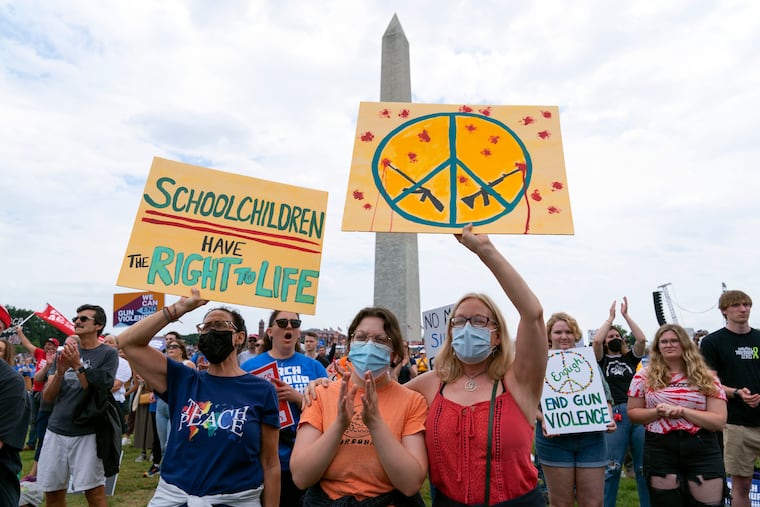Firearm suicides outpace homicides. Experts say the Senate gun bill could help.
It is the gun access provisions of the bill, not mental health funding, that experts say could reduce suicides.

It is the gun access provisions of the bill, not mental health funding, that experts say could reduce suicides.
